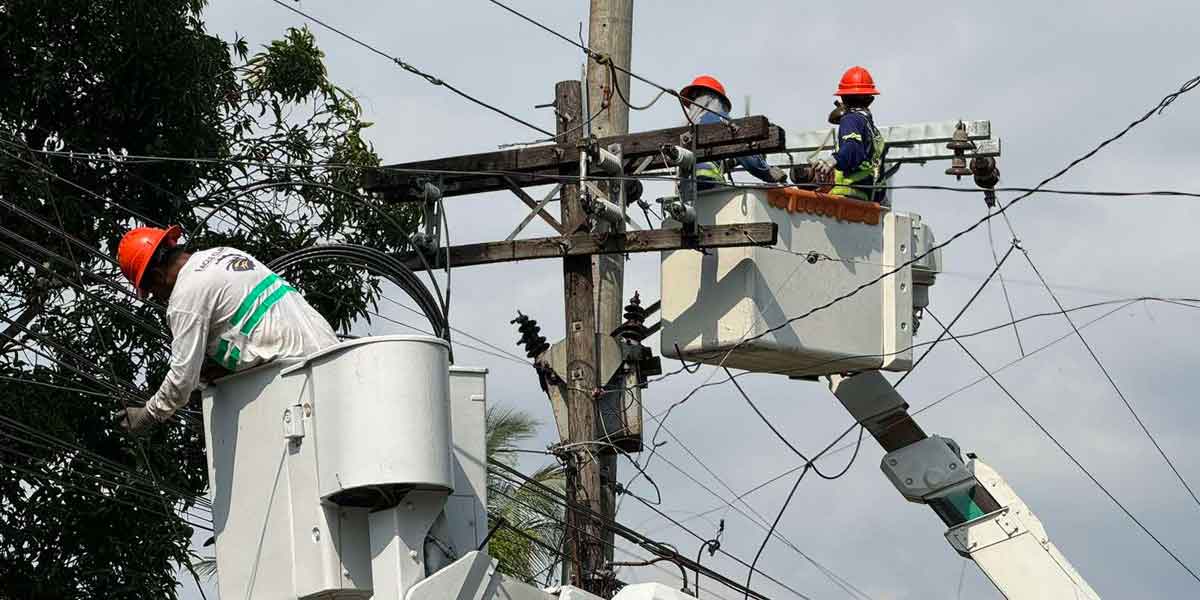By Joshua Corcuera
Generally, education in the Philippines this 2021 is no different with 2020—where students were taught either online or through modules. But there are increasing chances that the education sector will return to normal soon.
Personally, I genuinely believe that we must return to face-to-face classes as soon as possible. This can be made possible if the pandemic is controlled which, fortunately, we are able to do recently. Since November, daily cases of COVID-19 are down to a few hundred causing society to be much more open. Here in Metro Manila, things seem to be back to how it was before the pandemic came, except that most people wear face masks—which is a good thing so that we can keep cases down. Moreover, I often see children outdoors already with some not even wearing face masks. Hopefully, their parents would handle them properly to protect their households and communities from the virus. Arguably, a return to face-to-face classes would force such children to go to school, while wearing face masks at the same time since they are supervised by teachers.
However, it is what it is. Face-to-face classes are still not the norm as of writing. On the bright side, however, a trial of the traditional set-up was carried out last November. The trial was “fairly successful” in the words of the Education Secretary with some challenges to address. One of the cited challenges is that some students tend to remove their masks even within the halls of their schools. Before the pandemic, I remember some students who do not wear their IDs for whatever reason. Now, some do not wear face masks. After all, the youth is arguably notorious for its stubbornness. Still, this should not force us to think that face-to-face classes should not be imposed if possible.
In a column I contributed last December 11, 2020 entitled As frustrating as it is, Filipino students are left behind, I highlighted the dismal performance of learners from our country. These are the exact words in one part of the said column:
A recent global assessment joined by 58 countries revealed that fourth-grade Filipino students scored significantly lower than any other country in mathematics and science. Released last Tuesday by the Trends in Mathematics and Science Study (TIMSS), the 2019 study of TIMSS is consistent with the findings of the Programme for International Student Assessment (PISA) in 2018. The latter found that, among 79 participating countries, 15-year-old Filipinos scored lowest in reading and second-lowest in math and science. These results reflect how depressing the state of education is in the Philippines.
It may be disappointing, but it is the reality. We have to do something to improve our education system, we have to do something for the good of the youth and for the good of our nation’s future. With students in the Philippines still forbidden to go back to their schools and classrooms, we would face an uphill battle. However, things would be easier if we managed to secure safe face-to-face classes in the near future—which I am optimistic would occur next year. Hopefully.




















